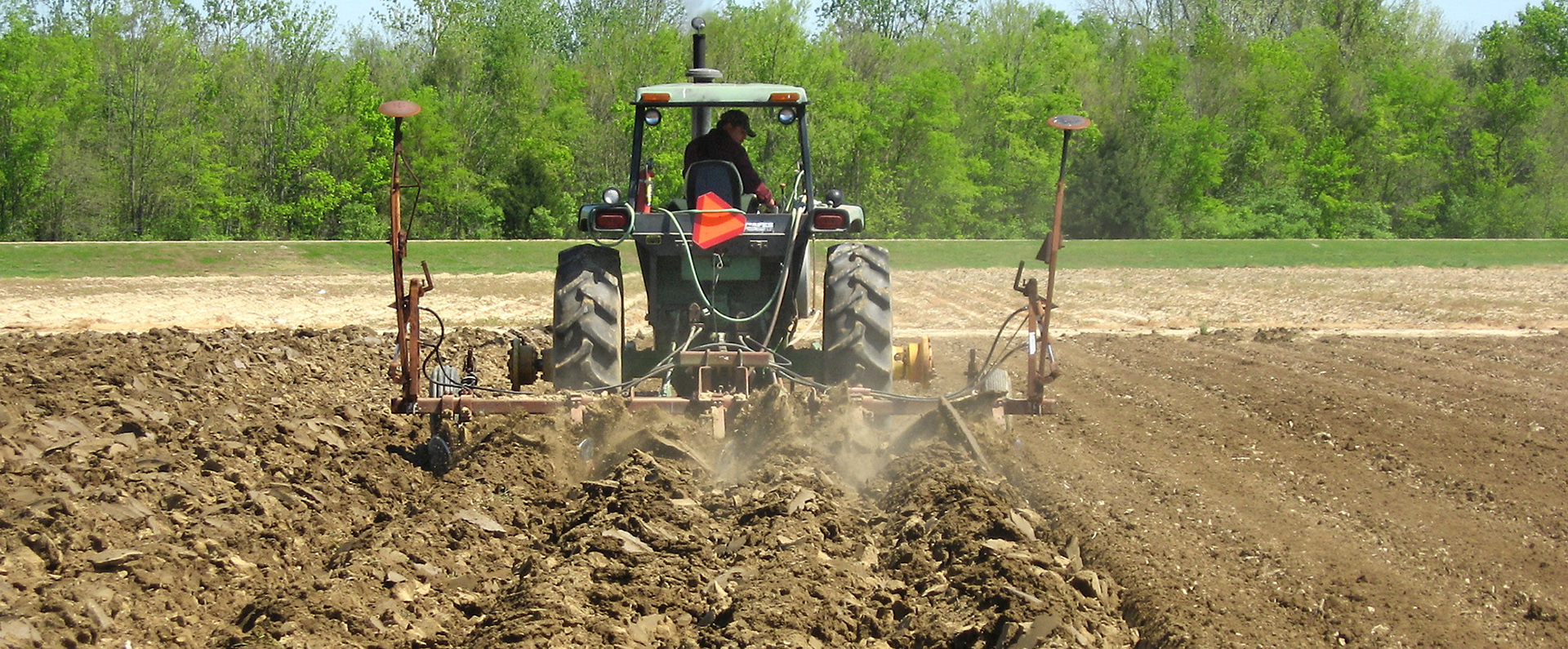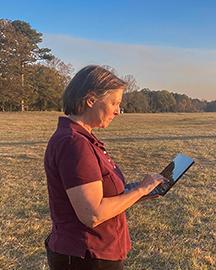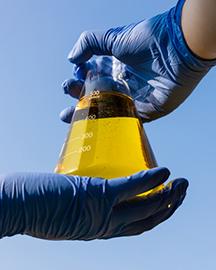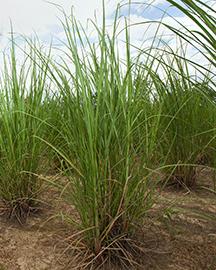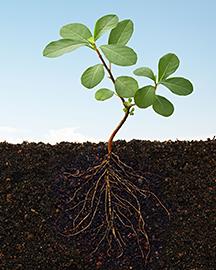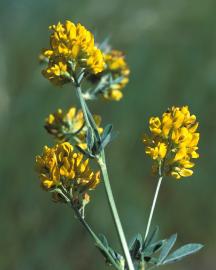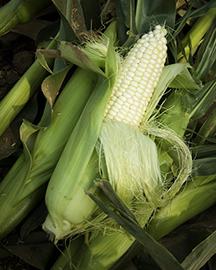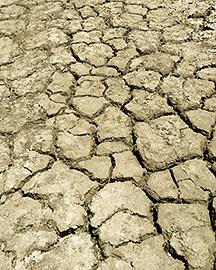Adaptive Nutrient Management Can be a Feather in a Farmer’s Cap
Poultry litter (chicken manure, spilled feed, excess feathers, and other poultry-house materials) can be a cost-effective, nutrient-rich fertilizer for many different crops. Applying poultry litter to soil also recycles tons of litter generated annually by poultry operations. Figuring how much poultry litter to use in place of nitrogen-rich fertilizers, however, can be a challenge for growers.
ARS researchers in Temple, TX, employed adaptive nutrient management to determine preferred balances on farms. They managed cropped fields in the Riesel Watersheds for 16 years using 0-8 tons of poultry litter per acre for their annual application rates. Every year the soil was analyzed and recorded in comparison with previous years. Researchers found that adaptive nutrient management reduced nitrogen application rates by 25 to 38 percent without sacrificing profitability. This study can be used by producers, conservation professionals, and policy makers to show how adaptive management principles over the long-term could balance economic and environmental outcomes.



